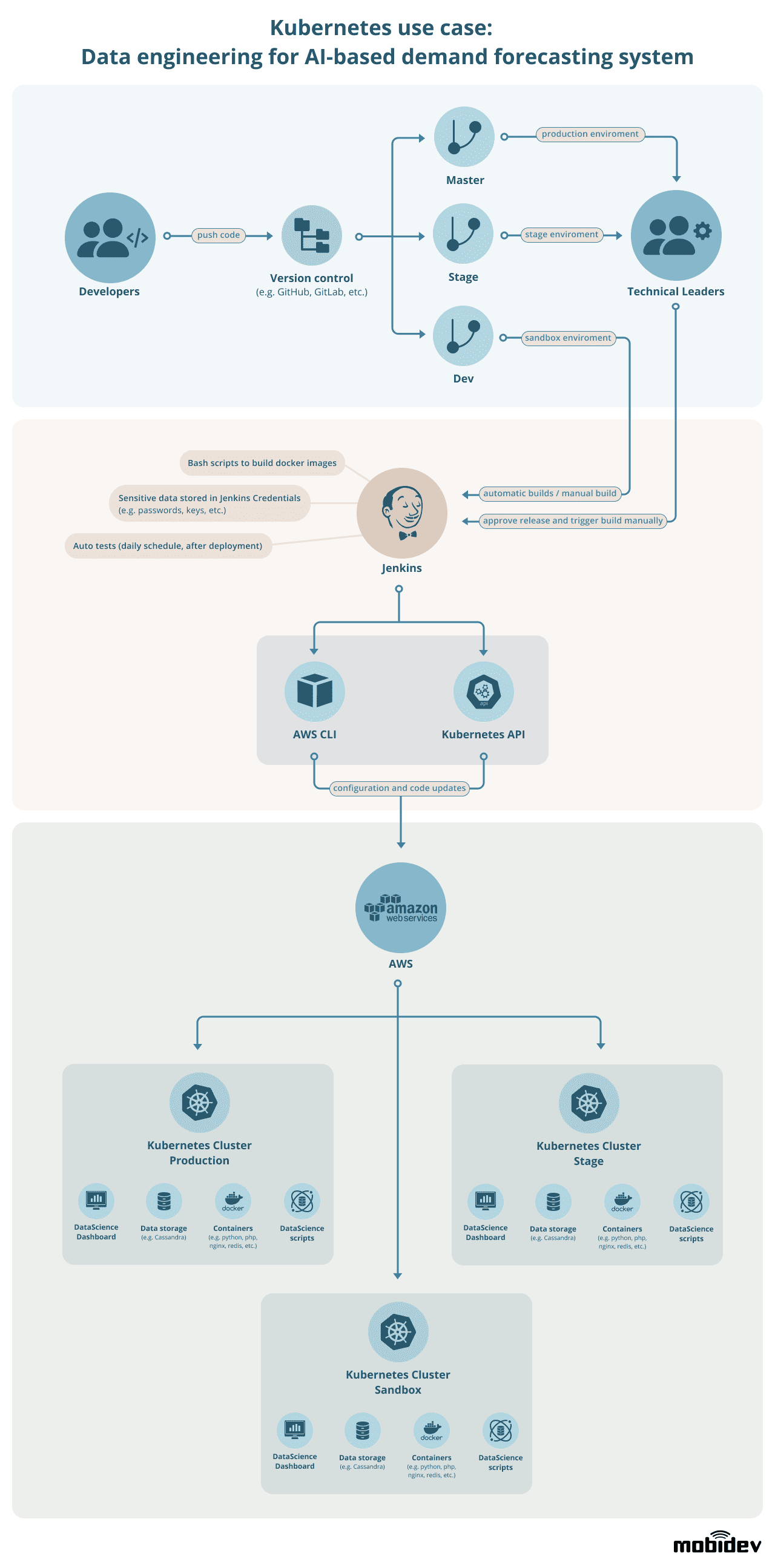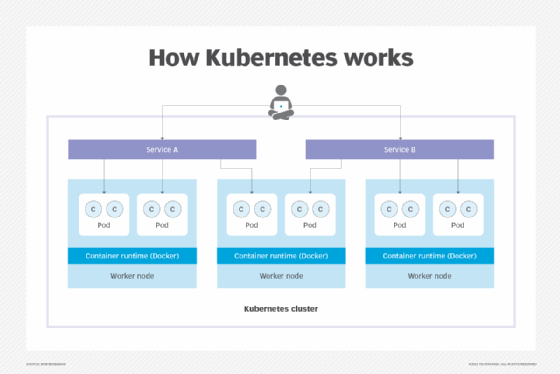


Master Node – A control panel for the whole Kubernetes cluster.

Kubernetes is the name for the whole system, but like your car, there are many small pieces that work together in perfect harmony to make Kubernetes function. Let’s go deeper and investigate what is under the hood. Kubernetes is gaining popularity day after day.

Looks promising! Especially if it will save money! Let’s talk about it more! And most importantly, with Kubernetes, you will save a good deal of money. With Kubernetes, your service will be HA. With Kubernetes, you will be the captain of your ship (infrastructure) with Kubernetes filling your sails. With Kubernetes, you can utilize computational resources to a maximum. Then get the API endpoint of the Kubernetes cluster, configure kubectl (a tool for managing Kubernetes clusters) and Kubernetes is ready to serve.
#Why use docker and kubernetes install
Basically, you can launch one or more instances and install Kubernetes to operate them as a Kubernetes cluster. Kubernetes is an open-source system which allows you to run containers, manage them, automate deploys, scale deployments, create and configure ingresses, deploy stateless or stateful applications, and many other things. There are a lot of options for how and where to run containers: AWS Elastic Container Service (AWS Fargate or a reserved instance with horizontal and vertical auto-scaling) a cloud instance with predefined Docker image in Azure or Google Cloud (with templates, instance groups, and auto-scaling) on your own server with Docker or, of course, Kubernetes! Kubernetes was created especially for virtualization and containers by Google’s engineers in 2014. But how and where should I launch containers? Additionally, you can launch more containers on the same host-will it be the same app or another? It doesn’t matter. Oh, and don’t worry about any inconsistency with the new version of libraries in the host OS. Just install Docker, execute a command, and your application is up and running. Using containers, developers can easily (re)deploy an image to any OS. Containers allow a developer to package up an application with all of the parts it needs, such as libraries and other dependencies, and ship it all out as one package.Ĭomparing apps deployed to a host vs. With Docker, a developer can create, deploy, and run applications in containers.
#Why use docker and kubernetes how to
In this article, I’ll be introducing you to containers, explaining Kubernetes, and teaching you how to containerize and deploy an app to a Kubernetes cluster using CircleCI.ĭocker is a tool designed to make DevOps (and your life) easier. After the decision to use microservices, a question arises: In what environment is it better to run microservices? What should I choose to make my service stable as well as easy to manage and deploy? The short answer is: Use Docker! Usually, using a microservices-based architecture means splitting your monolith into at least two applications: the front-end app and a back-end app (the API). Now, an increasing number of developers, architects, and DevOps experts are coming to the opinion that it is better to use microservices than a giant monolith. A short while ago, we used the monolith web application: huge codebases that grew in new functions and features until they turned into huge, slow-moving, hard to manage giants.


 0 kommentar(er)
0 kommentar(er)
